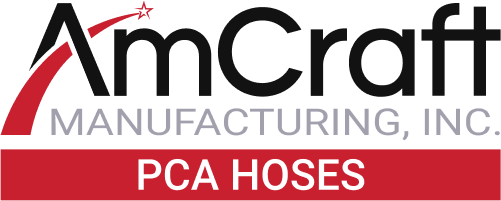Commercial and military aircraft should always have as much cabin protection as possible at all times. Thankfully, you can save energy and improve safety measures by having PCA hoses running preconditioned air into any aircraft cabin, keeping temperatures controlled and the air consistently breathable. There are different types of aircraft hoses that offer different kinds of air control, conserving both time and energy effectively. Here are some options you’ll want to consider when selecting a pca hose that will work best for your situation.
Venting for Insulated PCA Hoses
If heat is likely to be a problem within any aircraft, or you’re concerned about condensation that builds up inside a PCA hose that can damage equipment, an insulated PCA hose will vent water out of the hose by means of interior air pressure passing through “vent ports”. The benefits to these include the fact that any water trapped in the hose won’t add weight, and performance-harming moisture will be reduced in the insulation. This option is ideal for areas with extremely hot and humid climates.
Lay Flat Aircraft Hoses
If it’s easy maneuverability and storage you want, lay flat aircraft hoses allow you to get the same amount of protection as any other PCA hose, but with the ability to flatten them when not in use. These hoses come in custom lengths and diameters, and military or safety colors are available. They also have an effective use temperature range of -40 to 200 degrees Fahrenheit.
Rigid Duct Hoses
One way to keep air and fuel hoses from experiencing kinks and tears if is to use rigid duct hoses. These hoses have elbow sections and special connectors that are designed to limit kinks, tears and punctures, so you don’t have to worry air leaks. These durable hoses make air circulation easy while also allowing for easy installation from the maintenance bay to the aircraft.
We offer several different kinds of PCA hoses—besides lay flat aircraft and rigid duct hoses—to make sure that all aircraft ground support needs are fulfilled.
